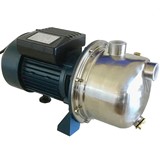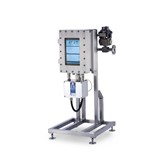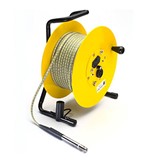"With increasing worldwide interest in alternative renewable sources of energy, as well as on the need to clean up environmental pollution, developing materials that can be used to efficiently convert solar energy to clean energy or to decompose organic contaminants is a vitally important task," said Dr Yi.
"The material we have studied is a very simple inorganic semiconductor – silver orthophosphate. Under visible light illumination this material shows an amazing ability to oxidise water to release oxygen, as well as to break down organic contaminants such as methlyene blue, Rhodamine B and other chemicals which may be undesirable in water supplies," added Professor Withers.
Dr Yi first discovered the new property of silver orthophosphate while working at the National Institute for Materials Science (NIMS) in Japan in 2007, but only after moving to ANU did the research team solve the problem of how to stabilise the compound.
"It's well known that compounds such as silver halides – such as those used in photographic applications – are not stable under light illumination. The silver orthophosphate we use is no exception," said Dr Yi.
"Our work here, however, has uncovered that silver orthophosphate can be regenerated in an energy-efficient manner by an electrochemical method," added Professor Withers.
Dr Yi and Professor Withers worked with colleagues from NIMS and Nanjing University in China to develop the ideas and research. The researchers say that the next step will be to look at the use of electricity to power the process.
"We are optimistic about future uses of silver orthophosphate, although there remain problems to overcome as electrical energy is still required to generate hydrogen and for the material to regenerate itself. However, the results are important and encouraging first step towards solving energy and environmental issues," said Dr Yi.



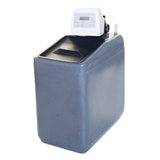

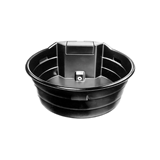

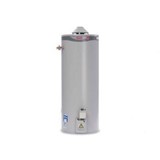
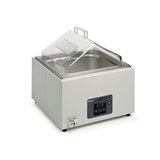
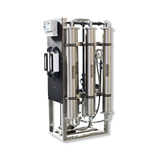
-160x160-state_article-rel-cat.png)
